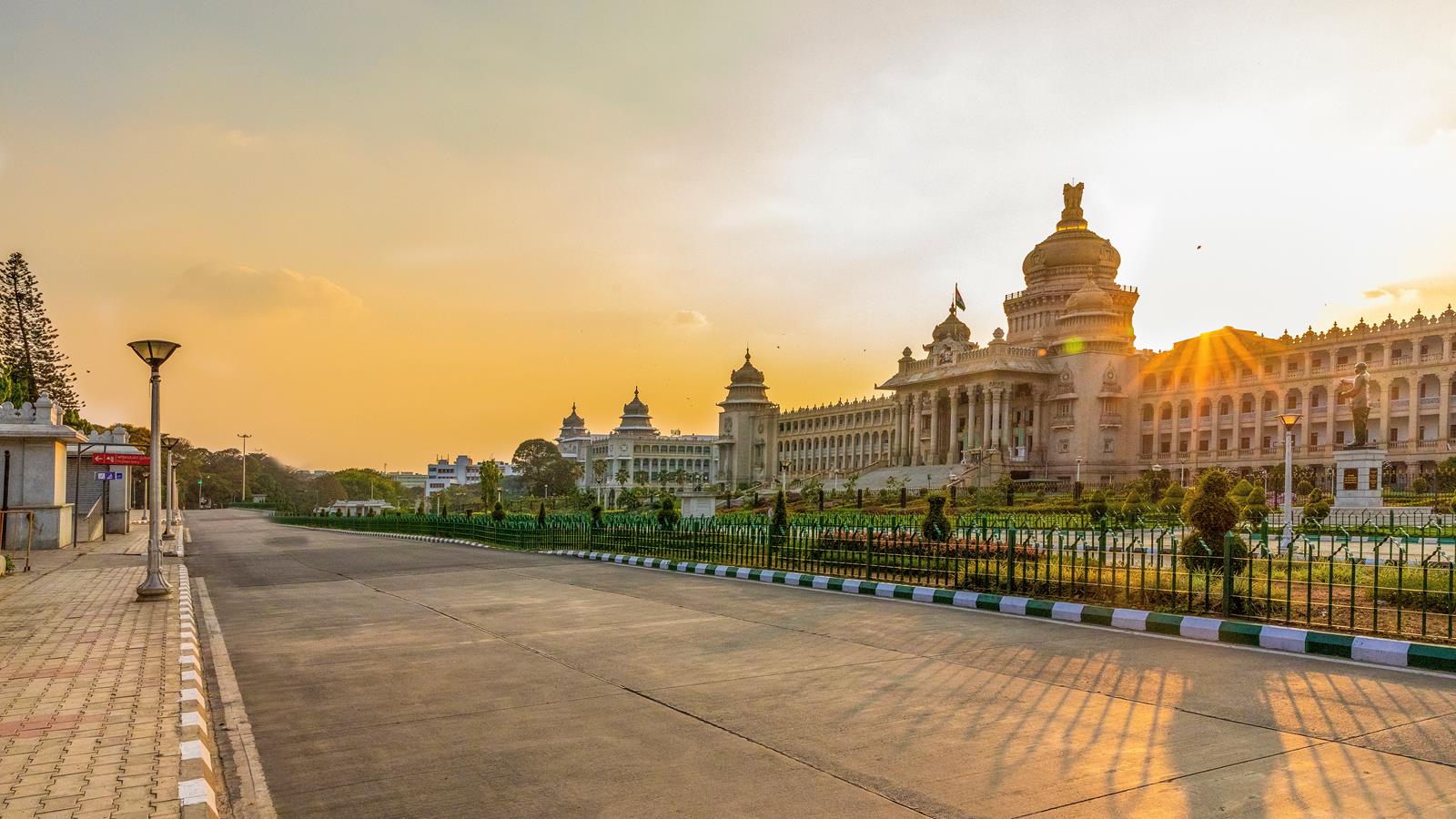In the heart of India, the city of Bangalore stands as a beacon of modernity and growth. Yet, beneath the gleaming towers and bustling streets lies a deeply rooted culture that still holds on to age-old traditions. One of the most profound and sacred customs in Bangalore is the observance of last rites, a ritual that is as much about spiritual closure as it is about cultural heritage. This article explores the intricate process of last rites in Bangalore, examining how tradition, religion, and modernity intersect in the way the city handles death.
The Significance of Last Rites
Last rites, or “antyesti,” is a crucial Hindu ritual performed after the death of an individual. These rites are believed to help the departed soul transcend to the afterlife and attain peace. The funeral rituals vary slightly across regions in India, but in Bangalore, the rituals are predominantly influenced by the Vedic tradition. They carry profound spiritual and religious significance, representing the final transition of a soul from the material world to the eternal.
The Hindu belief system views death not as an end but as a continuation of the cycle of birth, death, and rebirth (samsara). The body is seen as a temporary vessel for the soul, and when a person dies, it is the soul that moves on, not the physical form. The last rites are meant to facilitate this journey of the soul and provide closure for the grieving family.
Pre-Ritual Preparations
Before the last rites can begin, a series of preliminary steps are taken. When someone passes away, family members usually inform a priest or a pandit, who is responsible for overseeing the ceremonies. In Bangalore, this typically involves contacting a local temple, where the priest will guide the family through the process.
Once the death has been confirmed, the body is bathed and dressed in simple, clean clothes. A white cloth is often chosen to symbolize purity, as white is considered an auspicious color in Hinduism. The body is then placed on a wooden bier, and the family members, often led by the eldest son or close male relative, carry the body to the cremation ground. In Bangalore, this is commonly done at either the electric crematoriums or traditional wood-fired pyres, depending on the family’s preference.
The Cremation Process
In Bangalore, as in much of India, the cremation process is an essential part of the last rites. The funeral procession usually moves towards the cremation ground, where the body is placed on the pyre. The family members gather around, often in silence, as the final steps unfold.
The eldest son or the male relative of the deceased is typically responsible for lighting the pyre. This act is highly symbolic, representing the severing of the physical connection between the deceased and their family. It is believed that by lighting the fire, the son or close relative is aiding the deceased in their transition to the afterlife, and also fulfilling their duties as a child.
The cremation process itself is steeped in symbolism. The body is consumed by fire, which is thought to purify the soul and help it move towards moksha, or liberation. The pyre is usually set on fire with a prayer, and the body is carefully watched as it burns, ensuring that the process completes respectfully and without interruption. Once the body is completely consumed, the ashes are collected and immersed in a river, typically the holy Cauvery River or another sacred water body.
Rituals and Ceremonial Practices
The last rites in Bangalore are rich with ritualistic practices that vary in their specifics but share common themes. One of the key ceremonies is the “pinda pradhan,” which involves offering rice balls (pindas) to the deceased’s soul. These pindas represent the offering of nourishment to the soul on its journey to the afterlife. Family members also offer prayers, seeking forgiveness for any sins the deceased may have committed in life and ensuring their safe passage.
Following the cremation, the family goes through a period of mourning that typically lasts for 10 to 13 days, during which specific rituals are performed. These include daily prayers, offerings to the gods, and rituals to cleanse the household. The mourning period helps the family come to terms with their loss and symbolizes the completion of the transition for both the deceased and the family.
On the 10th or 13th day after the death, a final ritual called “shraddha” is performed. This involves a formal ceremony where the family invites close relatives, friends, and a priest to offer food, prayers, and blessings to the deceased. It is believed that this helps the soul achieve peace and its rightful place in the afterlife.
The Influence of Modernity
As Bangalore evolves into a global hub of technology and innovation, traditional customs such as last rites have slowly adapted to contemporary needs. In the past, families would travel long distances to reach remote cremation grounds, but today, the city has well-established crematoriums with modern facilities. These crematoriums offer electric cremation, which is seen by some as a more environmentally friendly and efficient way to conduct last rites.
Additionally, some families are opting for eco-friendly options, such as biodegradable urns, instead of traditional cremation practices. While these modern options may be seen as departures from tradition, they reflect the city’s desire to balance respect for tradition with a changing world.
Challenges of Maintaining Tradition
Despite these modern influences, the core values of last rites in Bangalore remain intact. However, the city’s fast-paced, urban lifestyle has brought certain challenges to these practices. With the influx of migrants from across India, Bangalore has become a melting pot of cultures, and this has led to variations in how the last rites are performed. While some families stick strictly to their regional customs, others may blend elements of different traditions.
Additionally, the city’s increasing population has put pressure on traditional cremation grounds, which are often overcrowded. This has led to debates about the need for more cremation facilities and the environmental impact of traditional cremation methods. Despite these challenges, the importance of honoring the dead and respecting cultural heritage continues to guide the practices surrounding last rites in Bangalore.
Conclusion
Last rites in Bangalore, like in many other parts of India, are a profound and sacred process that serves to honor the deceased and ensure their peaceful journey to the afterlife. The rituals, steeped in tradition, offer closure for the family and help them navigate the sorrow of loss. While modernity has certainly had an impact on how these rites are conducted, the core values of respect, spirituality, and family remain unchanged. As Bangalore continues to grow and evolve, the city’s ability to adapt these timeless rituals to the modern world will determine how its residents preserve their rich cultural heritage while embracing the future.










